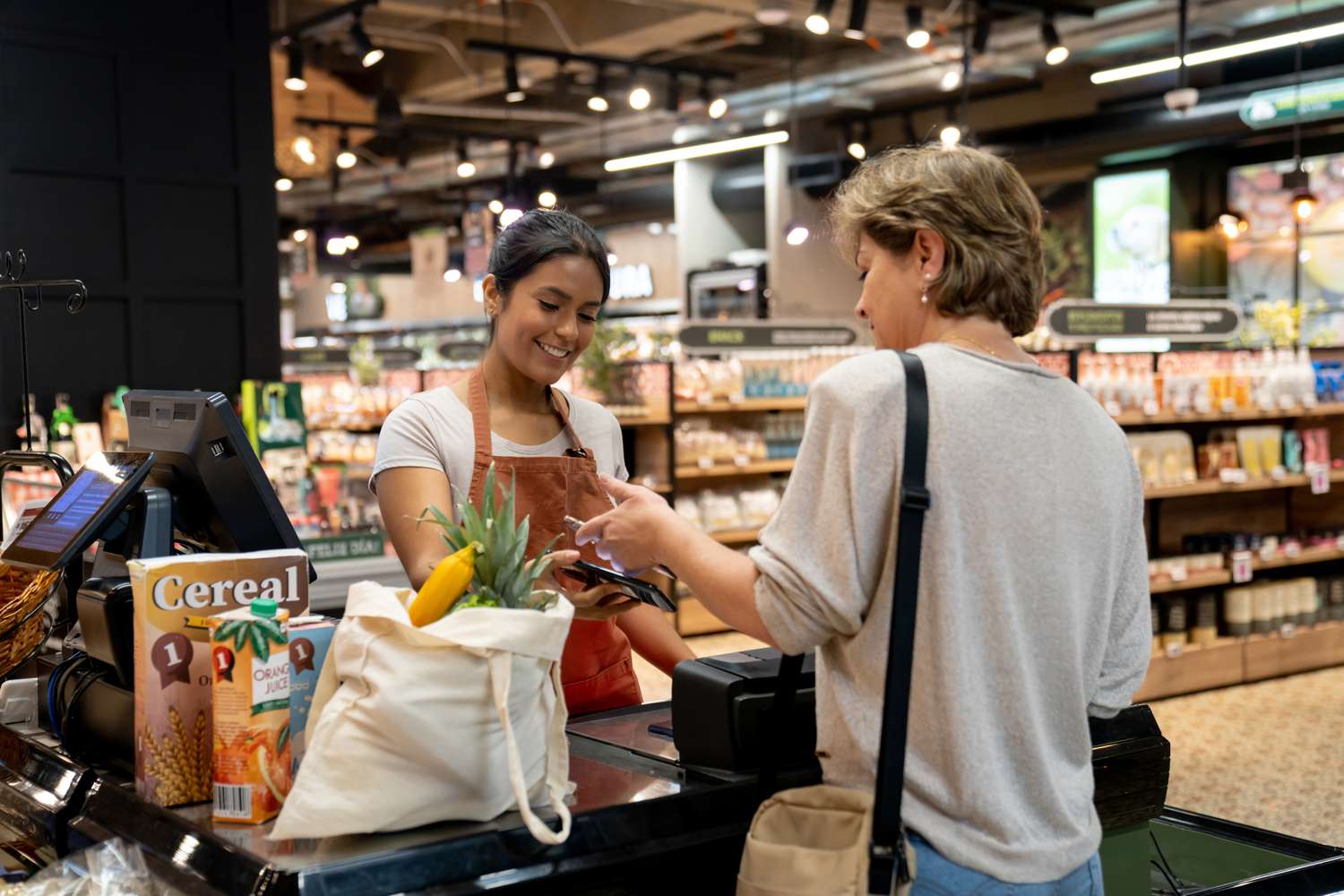
Buy Now, Pay Later (BNPL) services have been growing in popularity in recent years as a means for consumers to spread out the impact of splurges on things like clothes and electronics. Now, however, BNPL is extending into food, including weekly grocery shopping.
Despite the popularity, BNPL isn’t always a good financial decision. In emergencies, it can be a better option than some other financing options, but the added risk might not be worth it.
Key Takeaways
- Financing groceries with BNPL is growing amidst challenges like rising food prices.
- BNPL loans typically don’t charge interest, which can help some users save money, but they can also come with potential charges like late fees.
- Understanding how BNPL loans work and their pros and cons can help you figure out responsible usage, or you might decide to avoid them altogether.
What Is Grocery Financing and How Does It Work?
Traditional financing, like using credit cards to pay for groceries, has long existed, but another emerging option is BNPL. This financing service typically involves splitting up the cost of a purchase over time, such as requiring four payments over six weeks. These loans often have no interest charges, though there could be late fees, and some charge initial loan fees. Some of the major BNPL providers include Klarna, Afterpay, Affirm, Zip, and several others.
In recent years, grocery apps like Instacart have started offering BNPL as a payment option, along with food delivery apps like DoorDash. Major multi-platform retailers like Walmart and Amazon have too, as have some traditional retail grocers.
Some BNPL services like Zip don’t even require official partnerships, as the payment is processed like a credit card purchase on the retailer’s end, despite the consumer managing it as a BNPL loan.
Why More Consumers Are Turning to BNPL for Food
The use of BNPL for food purchases is on the rise. According to a LendingTree survey, 25% of BNPL users have used this payment option for groceries, compared to just 14% a year ago.
Part of the increase might be due to the more widespread availability of BNPL payment options and their ease of use. In many cases, you can sign up on the spot at checkout with almost instant approval, vs. going through what’s usually a more involved process to obtain a debit or credit card.
That ease, combined with economic stress like high inflation and high interest rates, could be prompting more consumers to pay for groceries with BNPL. If you’re living paycheck to paycheck, you might prefer or need to spread out the purchase over time. About one-third of BNPL users say that these loans act as bridges until they get paid, according to the LendingTree survey.
The Hidden Risks and Potential Downsides
Although BNPL loans might help some individuals afford groceries, there are many pitfalls to watch out for.
One issue is that BNPL loans can lead to debt creep, where the ease of approval and ability to use different BNPL providers for different purchases quickly leads to you stacking up more debt than you realized. Your budgeting might also get out of sync if what used to be one purchase now gets split into multiple payments over several weeks.
If you do miss BNPL payments, you may face additional fees and possibly a negative credit impact if your debt is sent to collections. Initial loan fees can also make this financing more expensive than necessary.
In comparison, putting all your purchases on one credit card might provide more clarity over debt balance, payment dates, and other key information. Also, traditional credit and debit cards might come with more consumer protections, such as around merchant disputes or payment terms.
When It Might Make Sense—And When to Avoid It
Using BNPL for groceries might make sense in situations such as:
- You have a short-term cash crunch and need more time
- You want to relieve financial stress by spreading out a big purchase
- You want to optimize cash flow, based on a history of always paying all your bills on time
Tip
No matter the exact reason why you use BNPL, you should always have a realistic plan for how you’re going to pay it off. If your plan is to wing it, you’re setting yourself up for more costs and financial challenges.
You also might want to avoid BNPL if you:
- Regularly need to use these loans to make ends meet, which suggests a deeper problem that needs to be addressed
- Have multiple BNPL loans already and it would be hard to juggle more
- Have other debt or budget challenges, which a new BNPL loan could further complicate
Smarter Alternatives to Financing Food
Instead of using BNPL for groceries, consider alternatives that might save you money in the long run, like:
- Using budgeting tools to carefully manage spending so you have enough set aside for food each week
- Doing meal planning or strategic shopping to lower your grocery bill, e.g., swapping out preferred brands for whatever’s on sale
- Utilizing local food banks or other assistance programs to help you make ends meet, without adding debt
The Bottom Line: Convenience Now, Cost Later?
Although using BNPL for groceries might stretch your paycheck and lighten your current load, it can add complexity that increases costs later, such as late fees if you do not have enough to pay future installments by the due dates. Ultimately, BNPL is a financial tool. Like all tools, it can be helpful if used skillfully but dangerous in the wrong hands.

Leave a Reply